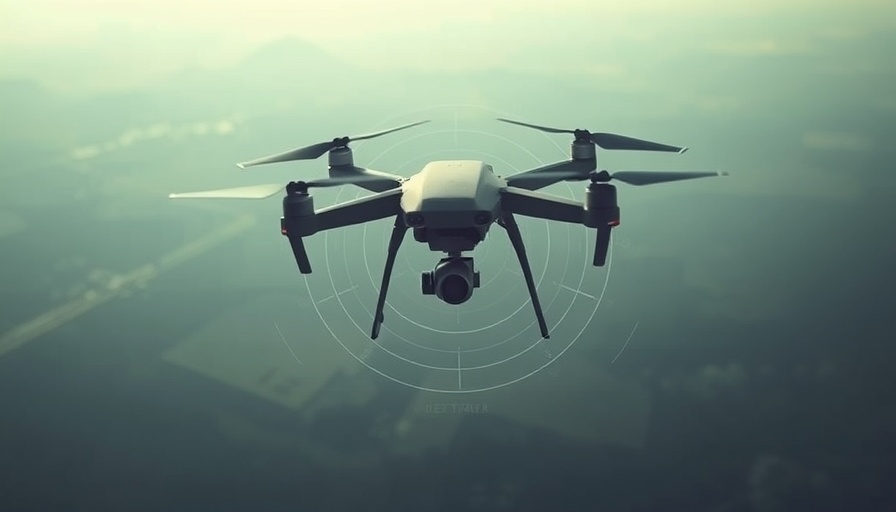
Ukraine's Technological Triumph: A Shift in Drone Warfare
This month, Ukraine achieved a remarkable milestone in its ongoing conflict, successfully intercepting a Russian Forpost-R drone, marking the largest such victory against an enemy drone to date. The interception was executed by a unit known as the Birds of Magyar, employing an FPV (first-person view) interceptor drone that cost roughly $2,000. In comparison, the Forpost-R is estimated at around $7 million, showcasing a significant asymmetry in this high-stakes aerial battle.
The Forpost-R Drone: A Profile
The Forpost-R drone is originally a Russian adaptation of the Israeli IAI Searcher II and was redesigned to feature locally manufactured components due to restrictions on importing parts from Israel. With a wingspan of over 34 feet and capable of carrying out long-endurance reconnaissance missions, its capabilities make it a formidable asset in the field. However, its role in Ukraine has mostly leaned towards being a propaganda tool rather than an effective combat unit.
Shifting Tides of Drone Interception
Historically, Ukraine’s defensive strategies have effectively countered smaller drones; however, the recent interception of the Forpost-R indicates a crucial evolution in their tactical approach. The standalone success not only emphasizes the prowess of the Birds of Magyar but also suggests a growing capability within Ukrainian forces to engage high-value targets, which may alter the dynamics in the ongoing conflict between these two nations.
Impact on Drone Warfare
This incident raises significant questions about the future of drone warfare. As both sides adapt and evolve their strategies, the use of technology is becoming increasingly sophisticated. The capability for a low-cost Ukrainian interceptor to take down a high-value Russian target illustrates a potential shift in how both nations may approach aerial combat—focusing on cost-effective solutions against more expensive systems.
The interception of the Forpost-R drone is not simply a tactical win but also a psychological boost for Ukrainian forces. It showcases resilience and innovation in the face of adversity, signaling a new chapter in warfare strategy as countries utilize advanced technology to reclaim air superiority, paving the way for future aerial engagements.
 Add Row
Add Row  Add
Add 




Write A Comment